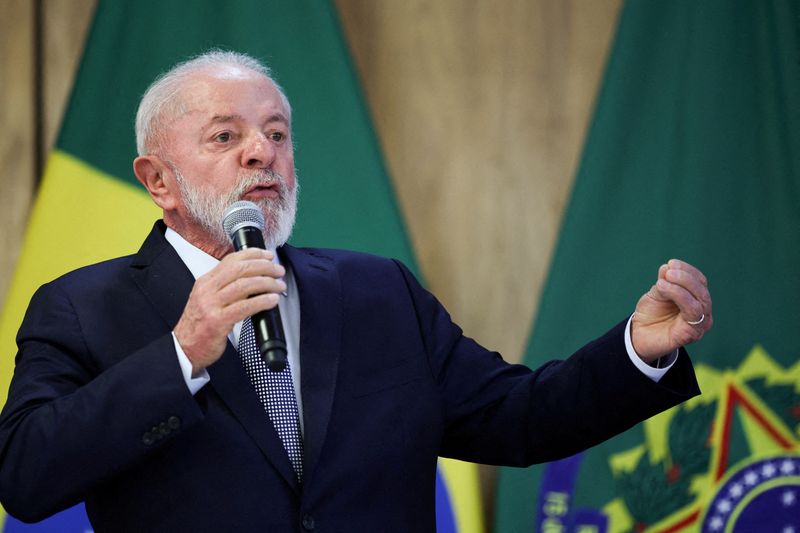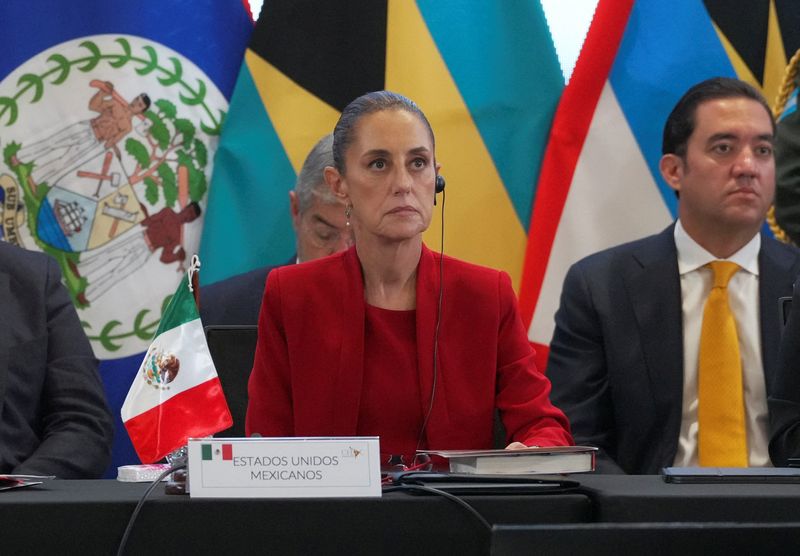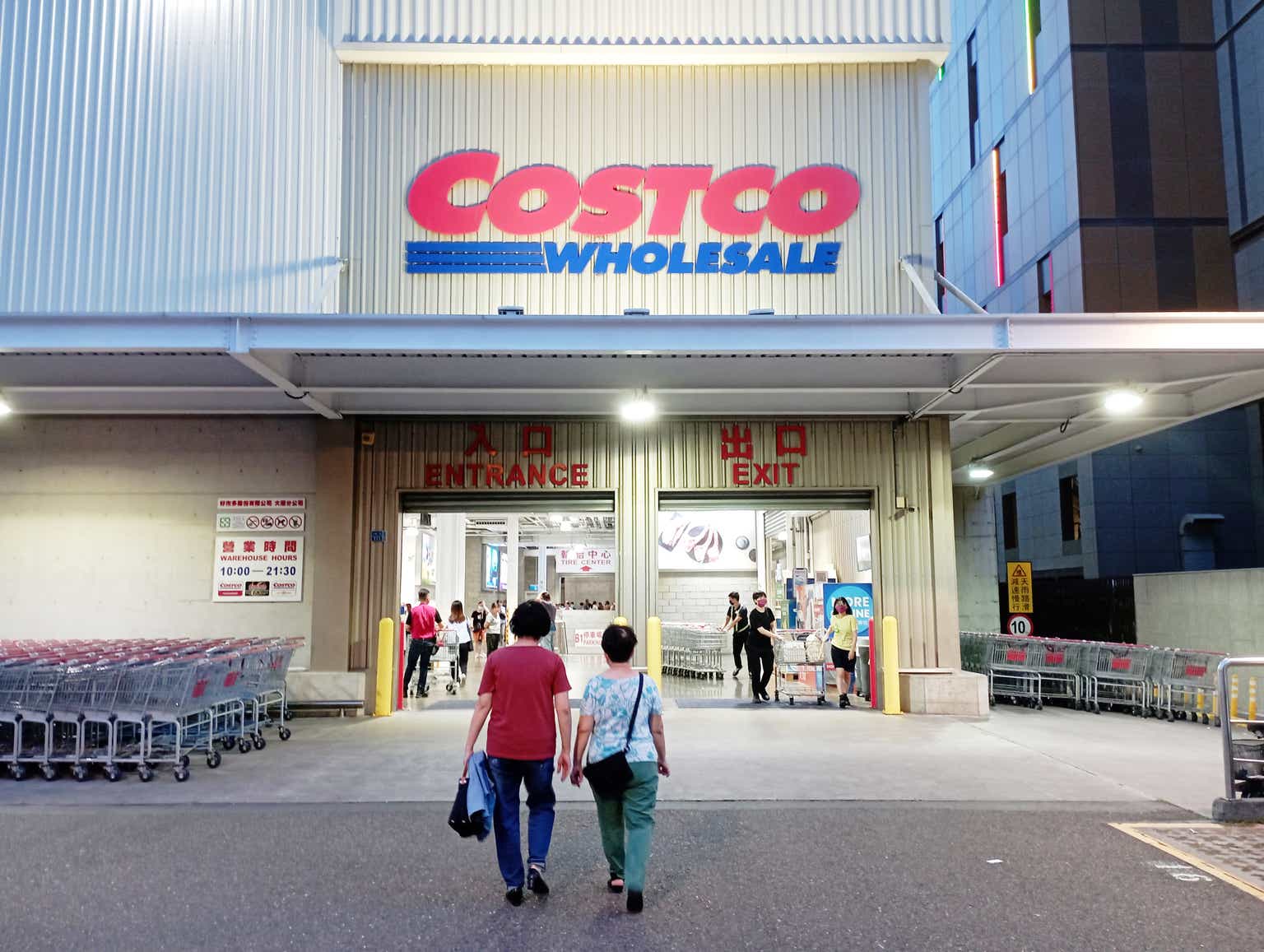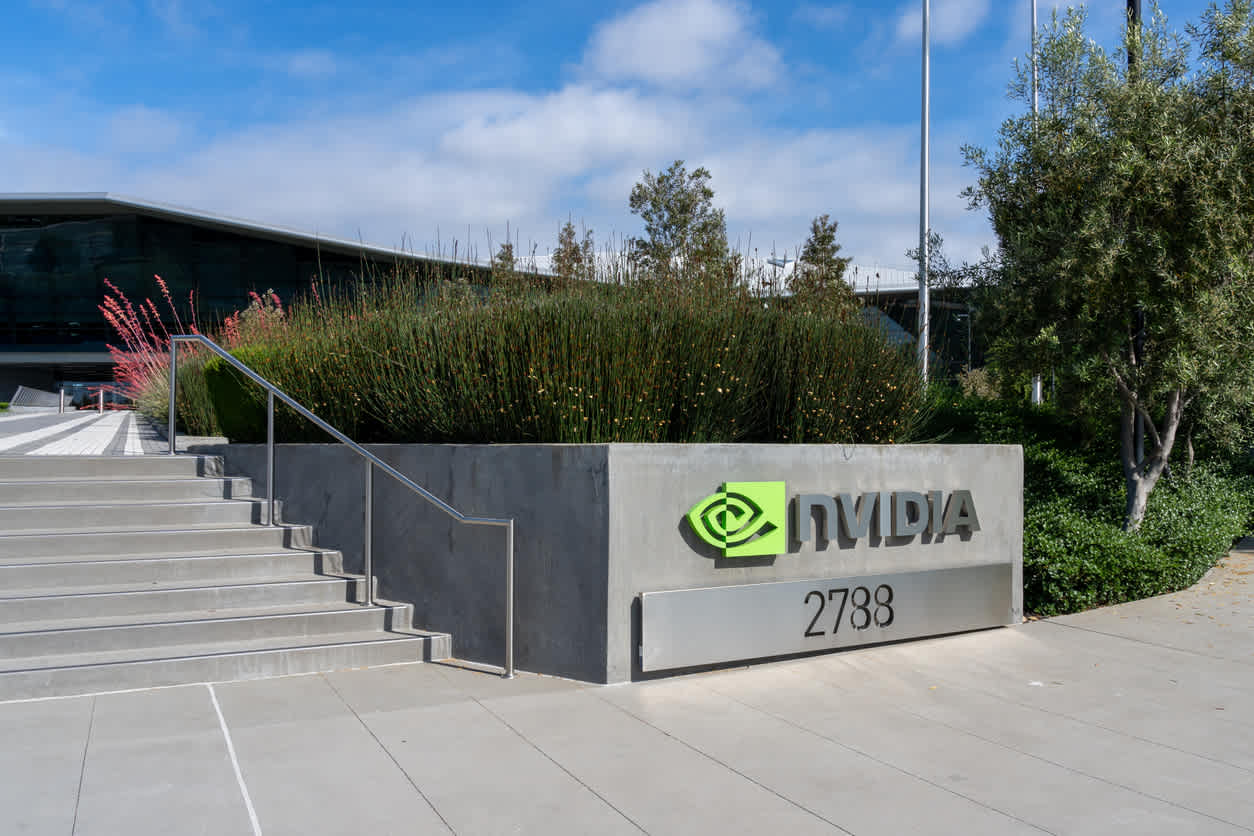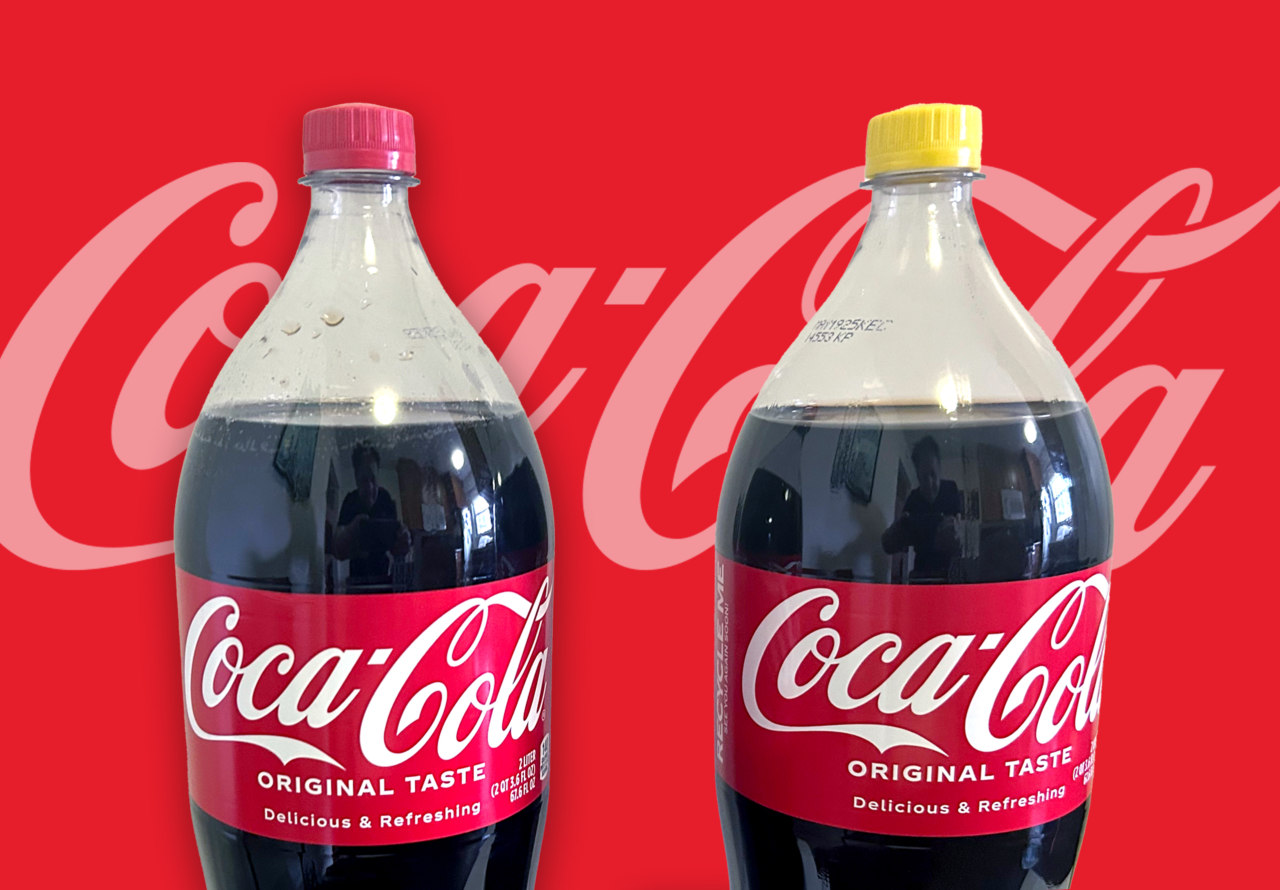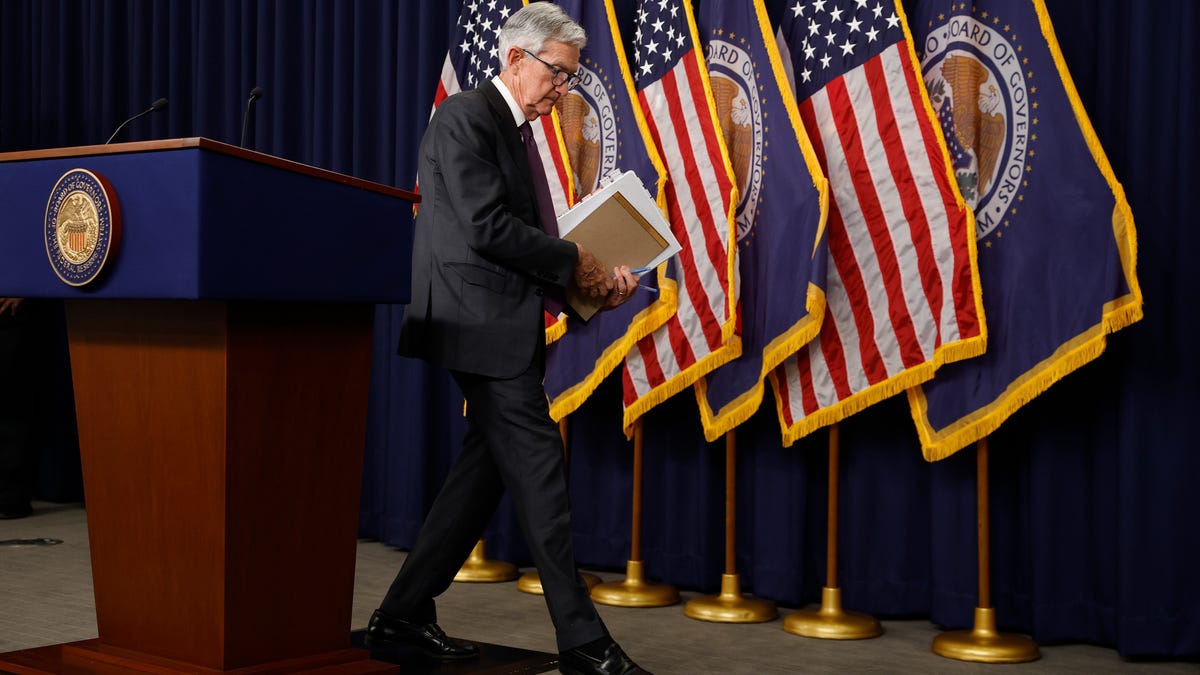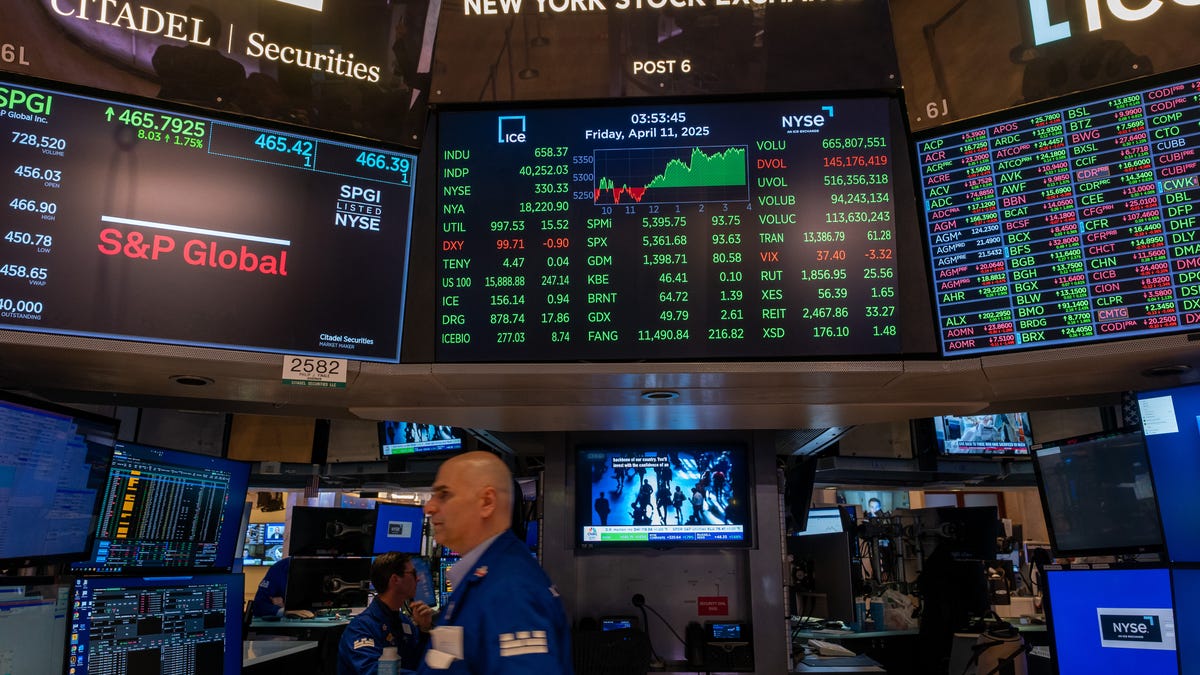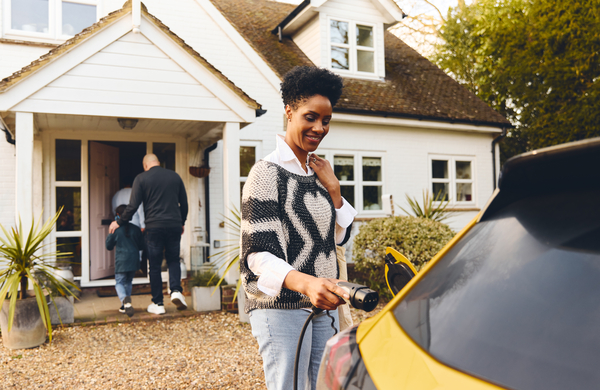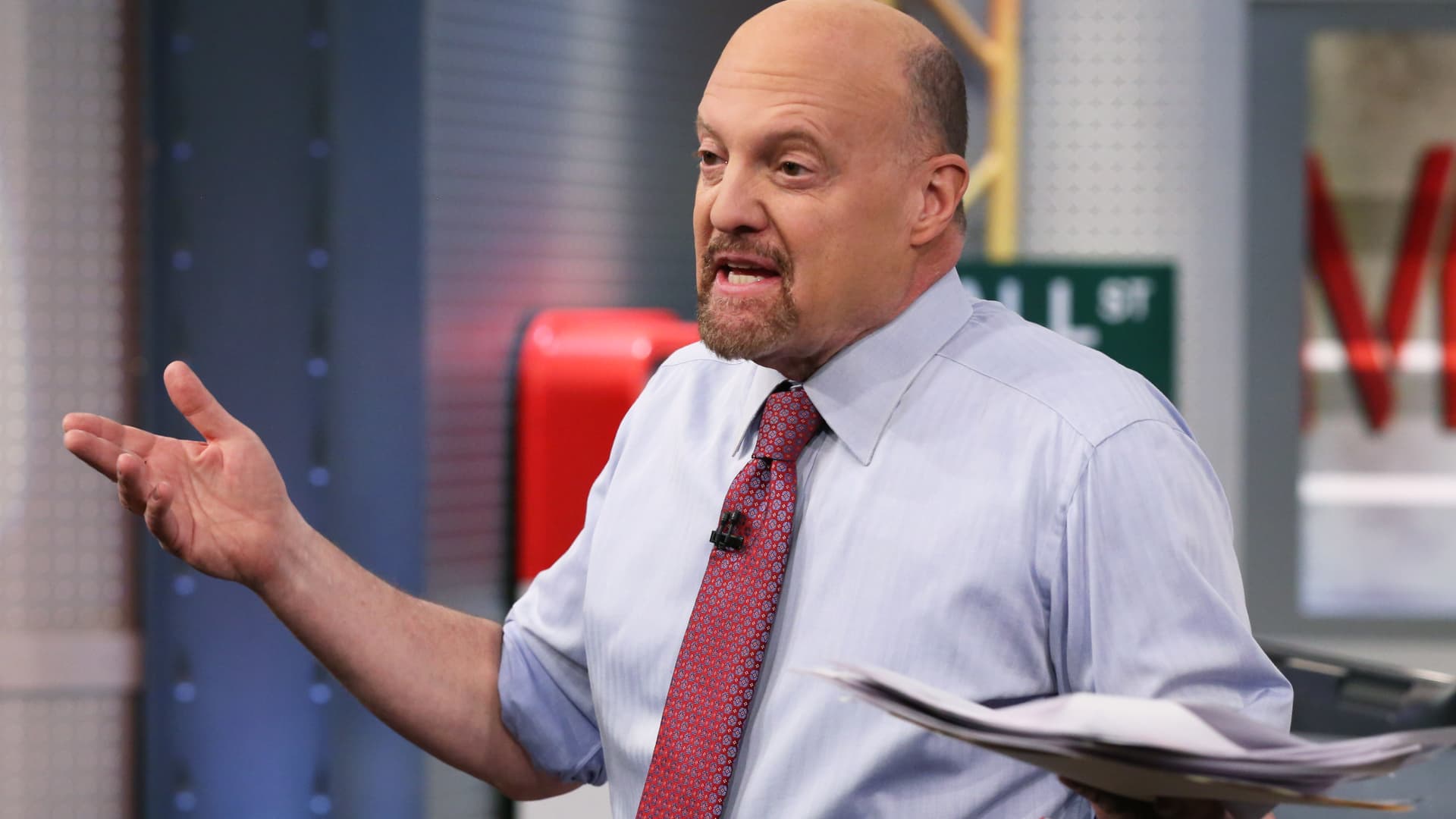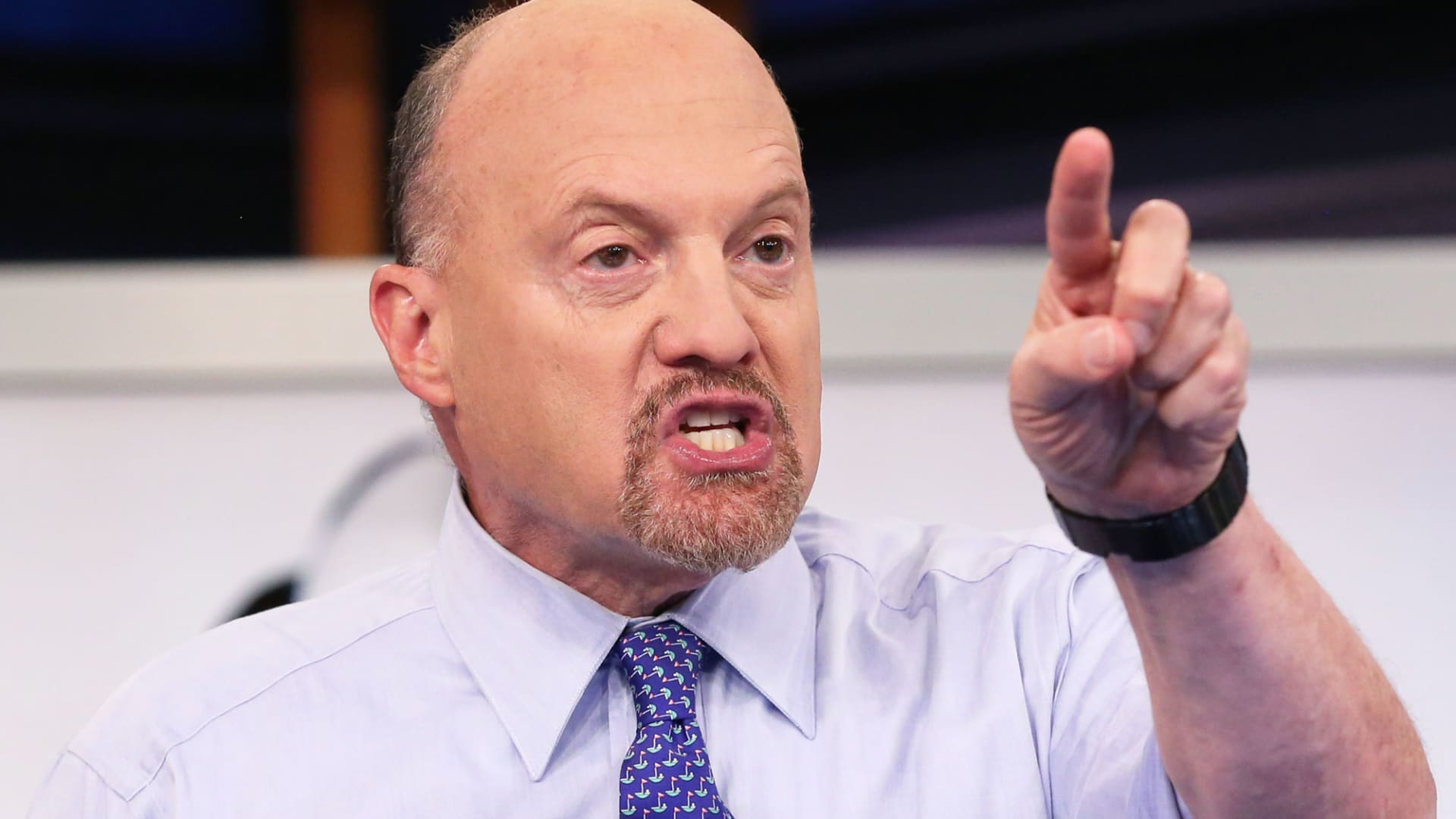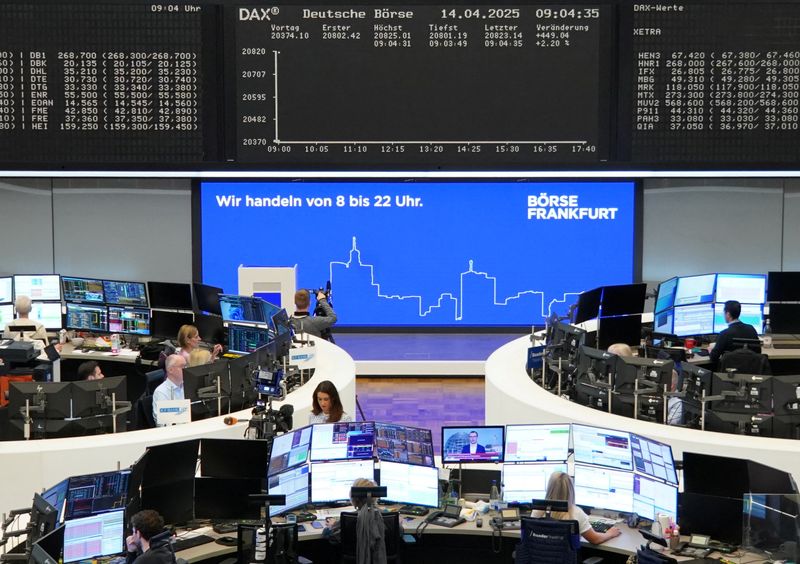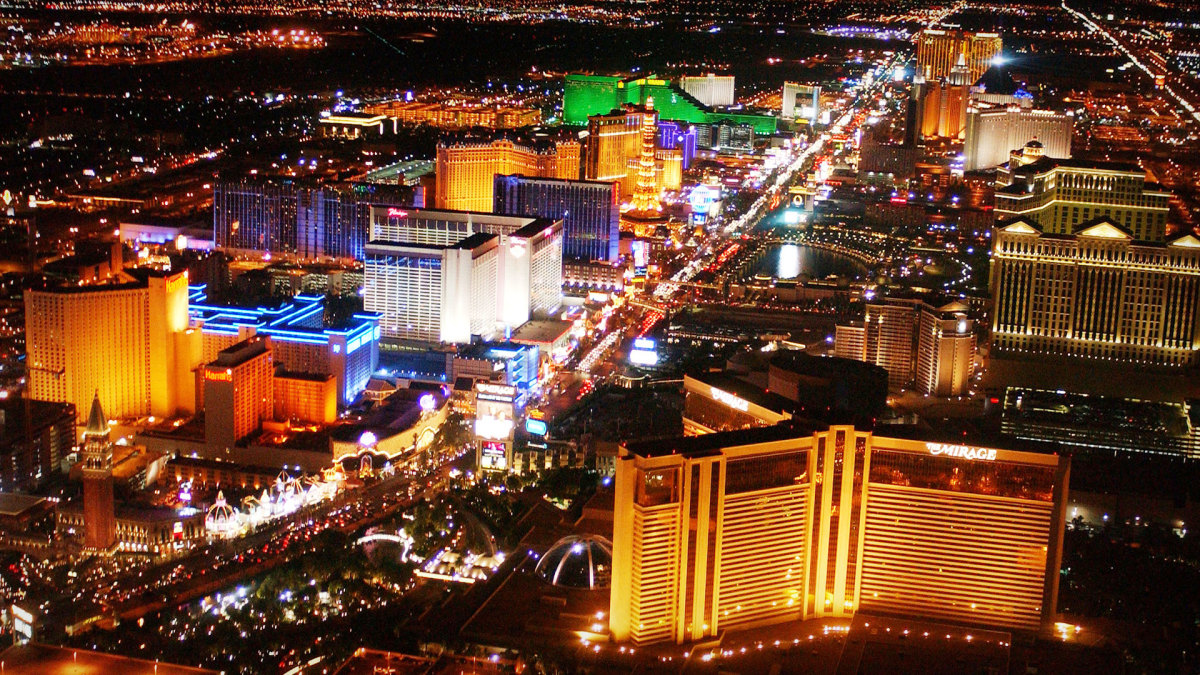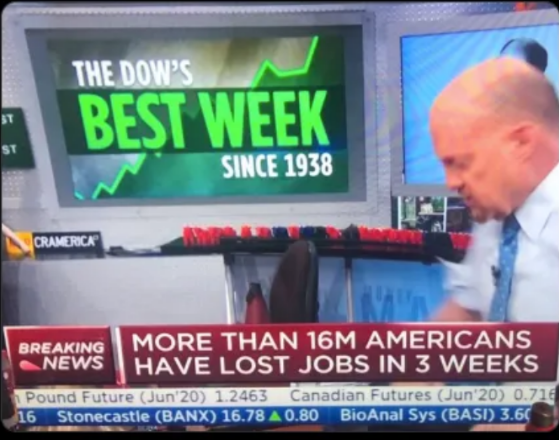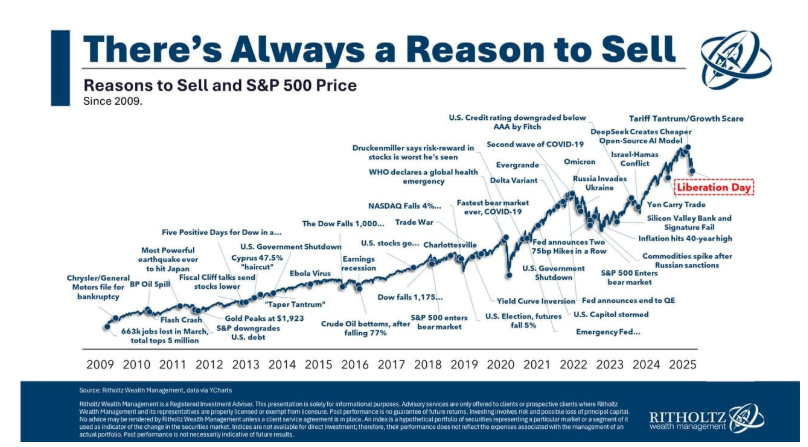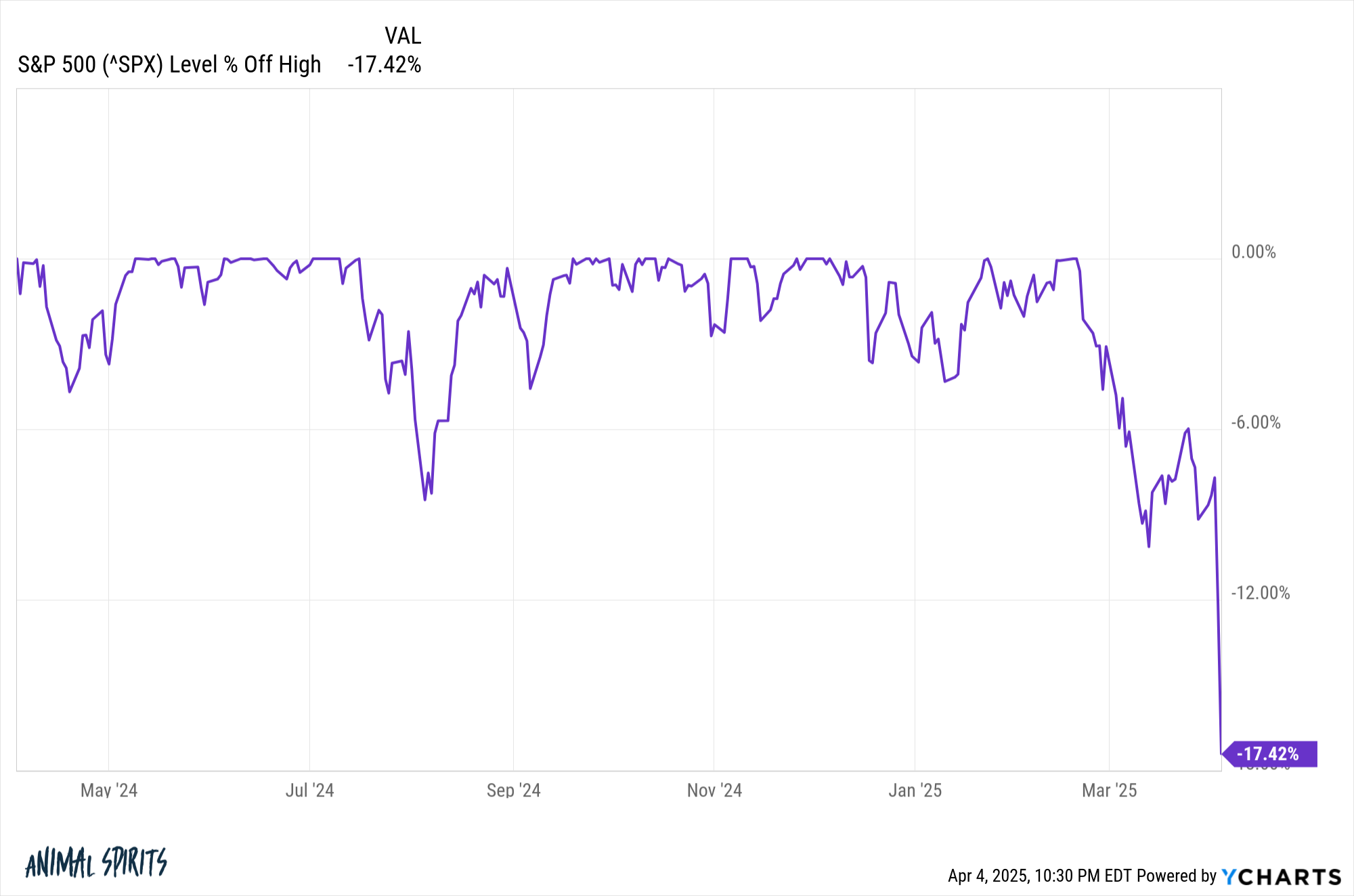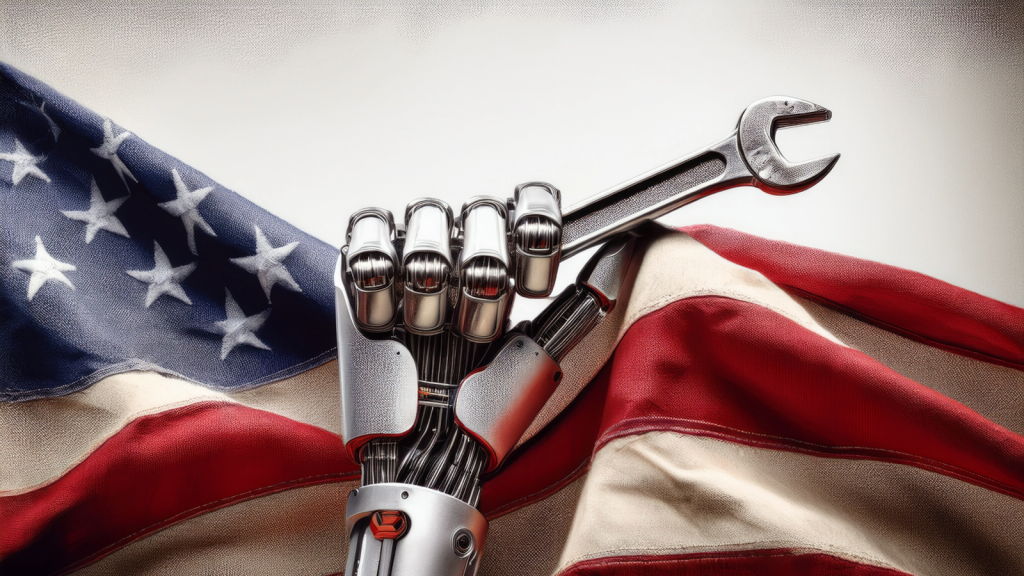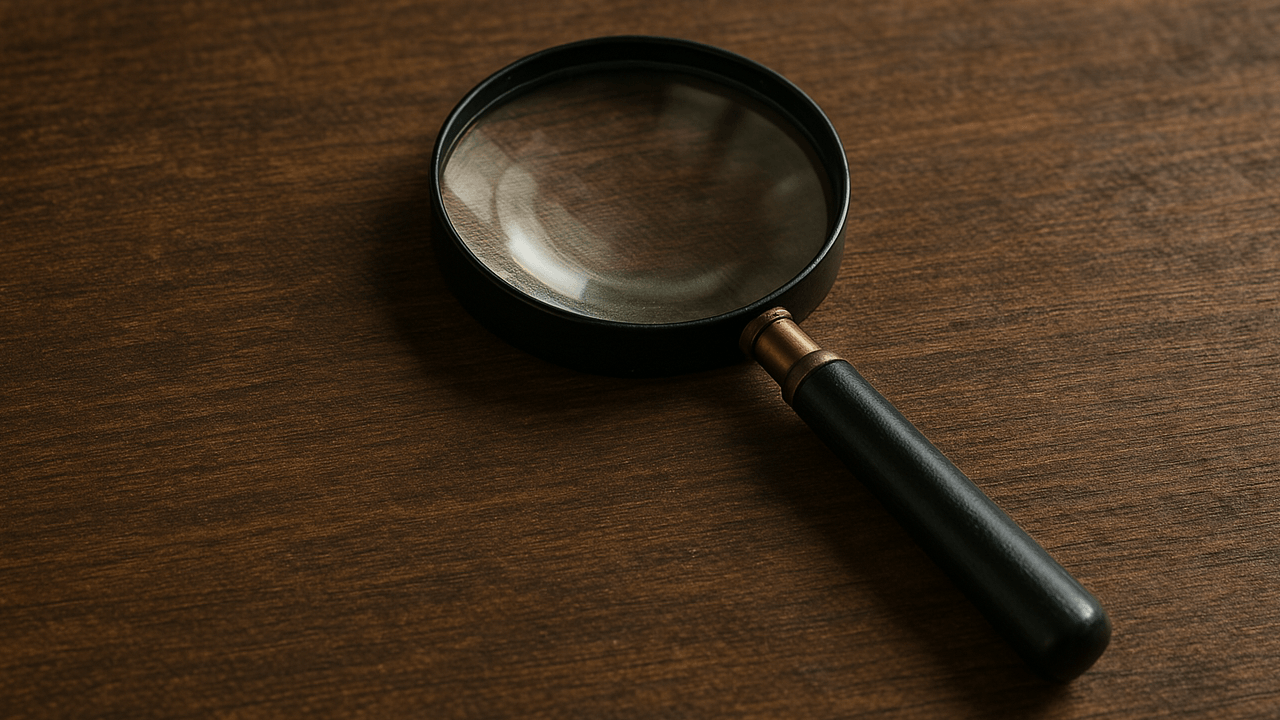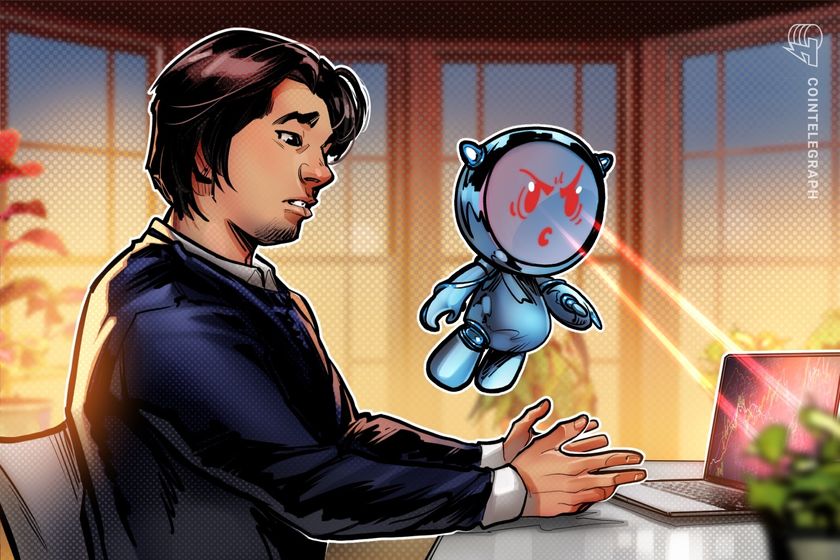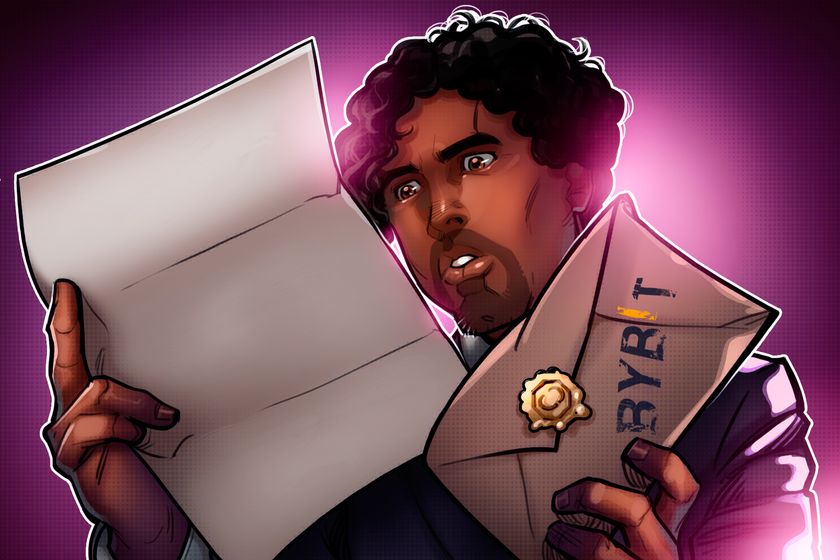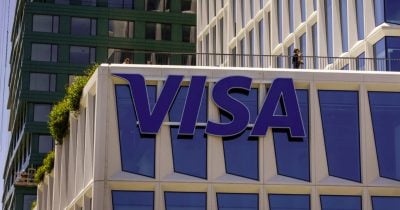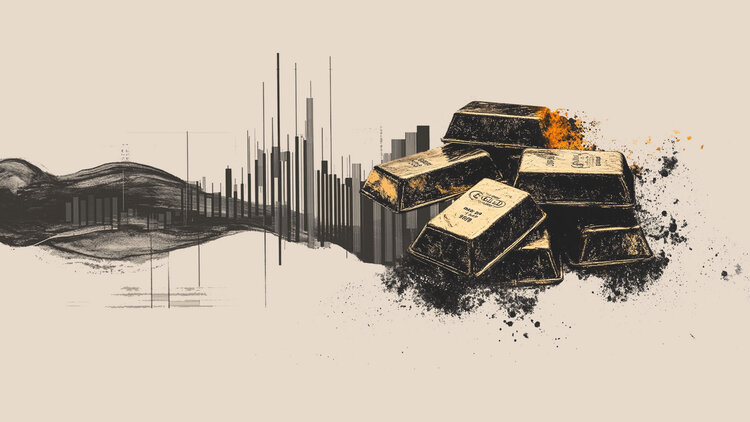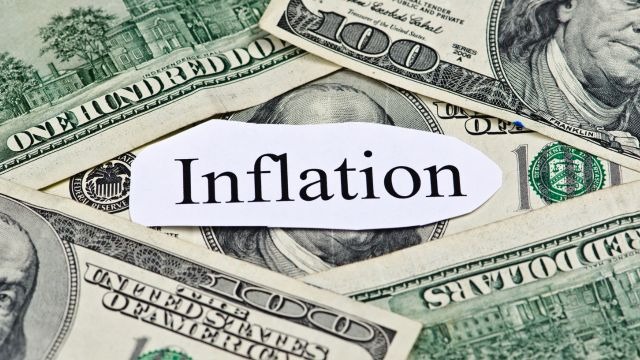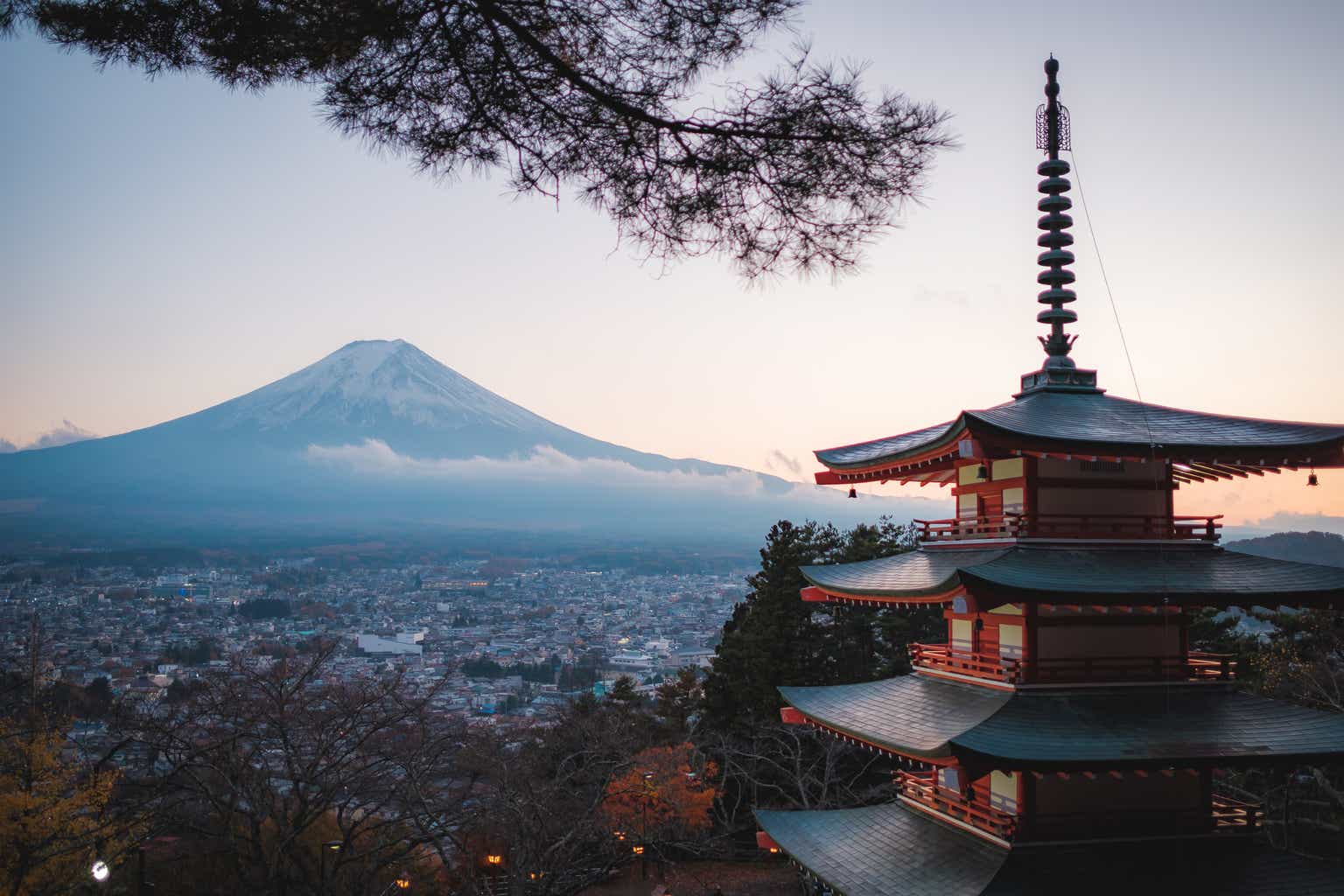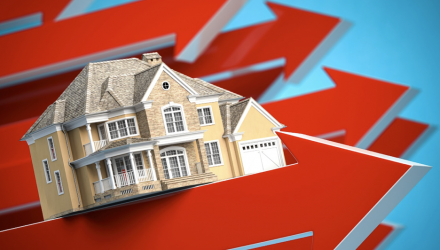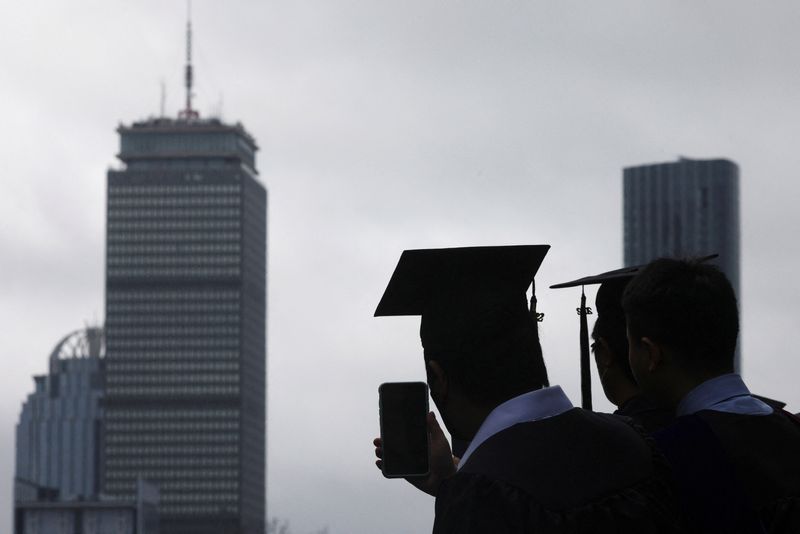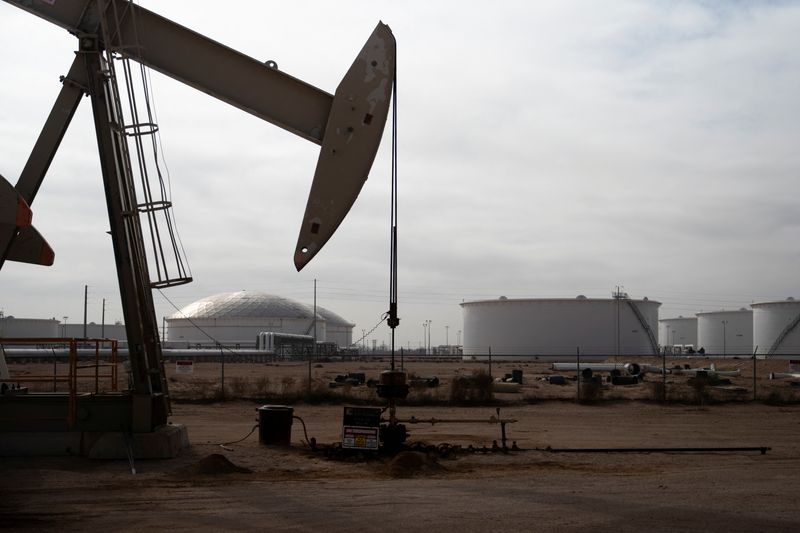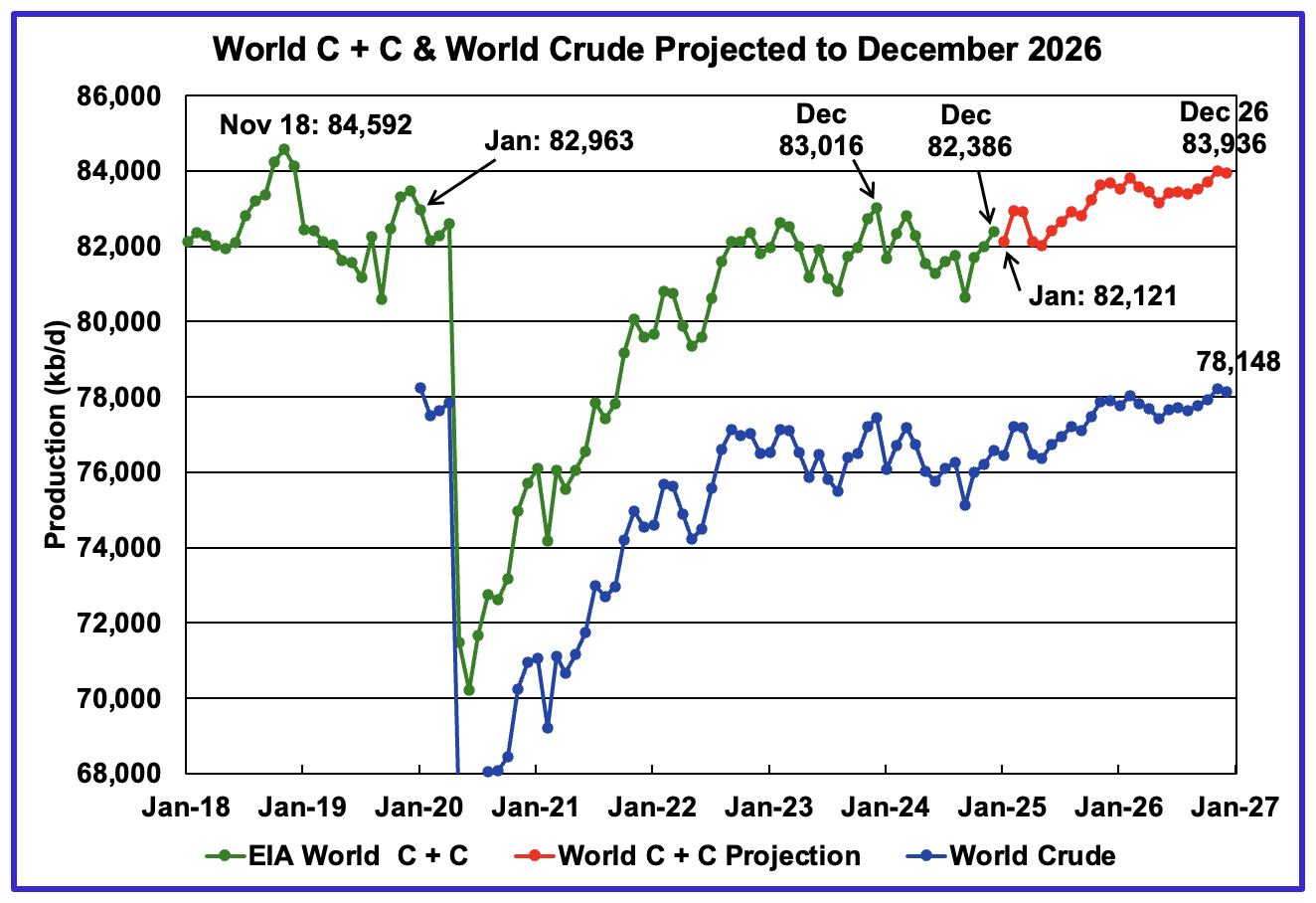A Pacific Palisades resident purchased a million-dollar burned lot for his daughter while he rebuilds too, so ‘grandpa and grandma will be just down the block’
He imagines it could cost around $4 million and take about three years to rebuild the two.

- It won’t be easy. Building anything in California can be difficult and costly, and the tariff picture is unclear after the president pressed pause. But it’s all worth it for David Taft.
For David Taft, the January wildfire that destroyed his Pacific Palisades home of 33 years has been felt every day since. It was the “most devastating thing that could have happened and just really a sh-t show,” he told Fortune.
But with the smoke clear, the rebuild begins—not only for the home he lost but for the burned lot he bought for his daughter.
Taft is renting a home in Santa Monica at the moment, where he, his wife, his daughter and her husband live together, plus two dogs and three cats. “We’re doing the best we can for right now,” he said.
His daughter has a condominium in a gated community in Pacific Palisades that suffered smoke and soot damage after the fires. It’s being fixed, but while everything was up in the air, they discussed how it would be nice if she were closer.
Taft, a retired dentist who owns a real estate business, put some money together and started to look for an empty lot, all the while he was planning a rebuild for his home that had been destroyed. One finally popped up on the same street as his, five doors down. Their brokers made a deal, and Taft bought the burned lot with an ocean view for more than $1.5 million for his daughter. Before it burned, the home was valued around $3 million.
“The whole reason we took it is because it’s five houses away, and so our daughter and son will live there and raise a family, and grandpa and grandma will be just down the block,” Taft said.
But that means he has two rebuilds on the same street in the same affluent neighborhood on his hands. He plans to sell her condo once it’s ready, rebuild his house, then hers. His guess is it’ll cost around $4 million and take about three years to rebuild the two homes.
All his daughters used to walk to Marquez Charter Elementary school, which was devastated in the fire. It’ll be rebuilt, and “they want to raise their kids in the area and walk them to Marquez like we did,” Taft said.

It won’t be easy. President Donald Trump's immigration crackdown and trade wars fueled concerns surrounding labor and materials in the housing world. The president pressed pause on parts of his sweeping tariff regime, so there has been a somewhat feeling of relief.
Luckily, labor doesn’t appear to be an issue for Taft. He hired a builder who earlier renovated his home in Big Bear Lake rather than a local builder who is probably receiving loads of inquiries. But cost is another story. It isn’t clear yet but the expectation is that materials could become scarcer and costlier because of tariffs; there may be a clearer picture once the three-month grace period comes to an end. Taft thinks that could be the case. Still, he has no desire for a prefabricated or modular home that tends to be cheaper and quicker.
Still, building anything in California can be difficult, sometimes almost impossible. California Governor Gavin Newsom and Los Angeles Mayor Karen Bass cut some of the metaphorical red tape so people could rebuild their homes faster, but Taft still said the “permit process is pretty frustrating.”
Taft has already run into permit-related problems concerning increasing the footprint, so his house post-fire will be pretty much the same as it was before. Even so, there are many unknowns. “I don’t know what’s going to happen,” Taft said. “I would hope that things would be expedited, but there’s no guarantee.”
The Los Angeles Department of Building and Safety has received 155 permit applications related to significant fire damage repair or reconstruction at 126 addresses in the Palisades; 12 permits related to rebuilding efforts have been issued, the department said.

When it comes to his daughter’s place, his top priority right now is getting the lot cleared. It can sit vacant until he is ready to rebuild. Nonetheless, debris removal has been tricky. “They really made you jump through hoops,” Taft said.
That meant an asbestos survey, a hazmat performance test, an official opt-out notification if you use a private contractor, which he did because the Army Corps of Engineers is tasked with removing the debris, but does not pull dead trees, demolish steps and brick walls, or clear pools, Taft said.
It has thousands of lots to deal with, too. The deputy commander of the emergency field office for Pacific Palisades said in a statement: “In the Pacific Palisades, we are nearing full capacity and clearing an average of 40 parcels per day. That is 1,200 properties a month.”
Taft increased the insurance coverage on his house before the fires but said he was still under-insured because no one expected this to occur. He does not have insurance for the other lot. Wildfires are happening more and becoming more severe, so of course Taft is worried about rebuilding, and like many, he’s frustrated with elected officials. But Pacific Palisades is home. It can’t get much better than the Palisades, after all.
“You’re talking about where the mountains meet the ocean,” he said, and when it comes back, “it’s going to be beautiful.”
This story was originally featured on Fortune.com




